Baby Led Weaning vs Purees for Introducing Solids
- May 30, 2024
- Last Updated: June 13, 2025
- 0 Comments
- Baby Led Weaning
Most people associate a baby’s first foods with pureed, jarred baby food. But baby led weaning is so much more than that. Let’s break down the differences between introducing solids through baby led weaning vs purees.

As an Amazon Associate, I may earn from qualifying purchases. You can read more here on our Disclaimer and Privacy Page.
Disclaimer – This post is for informational purposes only and is not for diagnosing or treatment. See your medical provider or Registered Dietitian for individual recommendations.
Every new milestone is so exciting with a baby! The first smile, rollover, and giggle are just some of the fun things you enjoy with your little one.
Becoming more confident with breastfeeding (and managing that breastfeeding hunger!) was another enjoyable experience for me.
As a Registered Dietitian, I just loved some of the next milestones – which involve introducing solids to your baby!
Starting solids with babies as they learn to eat something other than breastmilk or formula is a significant event.
As your baby gets ready to try solids, you may be considering your options for feeding methods, such as doing baby led weaning or purees.
You can give them a baby spoon so they can start to figure out gripping, but it’s fine to still use their hands!
This is something I’ve done a lot of research on as a dietitian and mom of three, and why I created my baby led weaning ebook – there is so much confusion around what is “right” or recommended!
There are typically two approaches to feeding babies:
- There’s the age-old pureed baby food. You make or buy food specifically designed for baby, and you spoon the food into their mouths.
- Then there’s baby led weaning. If you’ve read much of my blog, you know that I’m a huge fan of baby led weaning and have used that method with all three of my kiddos.
Today, I’m sharing the differences between baby led weaning vs. purees, and how you can incorporate each (or both!) as you introduce solids to your baby.
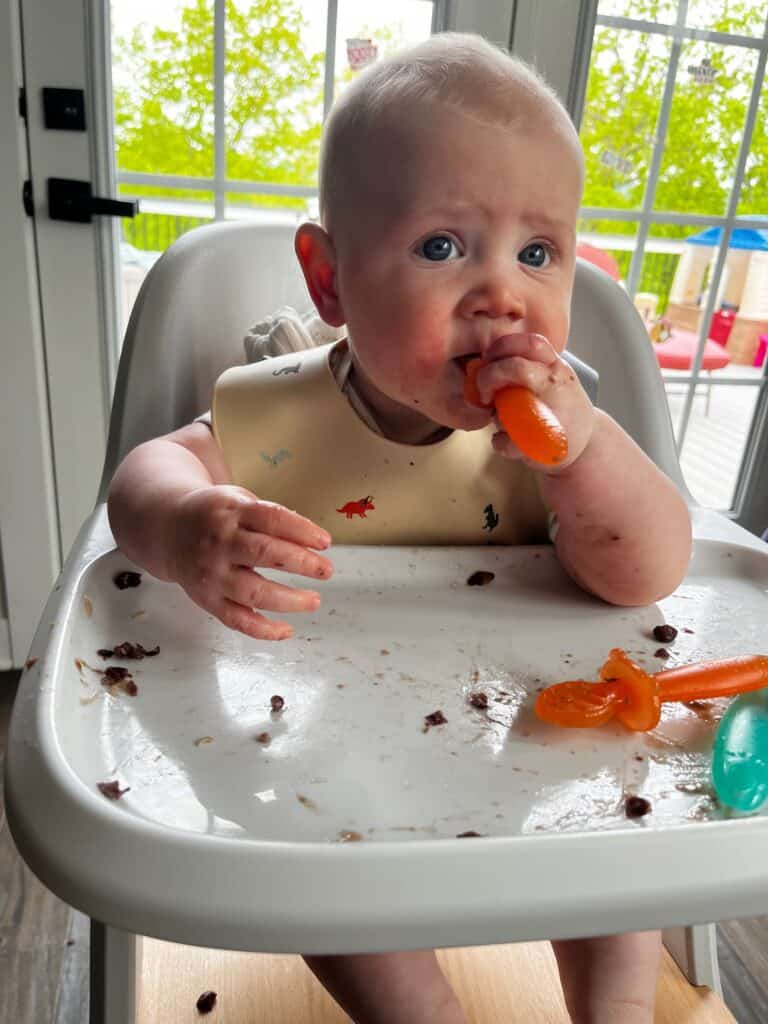
Stressed about feeding your baby?
Unsure what foods to offer?
Check out our baby led weaning ebook that has several recipes for every time of day and a sample feeding schedule!
When is Baby Ready for Solids?
Before we get into the comparison of baby led weaning vs purees, it’s helpful to know when to start solids with your baby.
When can you start introducing food to baby? First, you’ll check with your pediatrician to get the go-ahead.
Babies are most often ready around 6 months, but can be ready as early as 4 months.
You know your baby best, but it’s always helpful to get an opinion from your medical provider before diving into blw vs. purees.

Look for these signs of readiness:
- Baby can sit up well and hold their head up without support
- They have lost the tongue reflex (so baby doesn’t automatically push everything out)
- Age is around 6 months old (the World Health Organization recommends exclusively breastfeeding or formula feeding until 6 months of age, and then adding complementary foods in addition to breastmilk/formula)
- They have a pincer grasp, meaning they can grasp objects and bring them to their mouth
When you’ve gotten the okay from your baby’s doctor and baby is ready, it’s a good idea to be CPR-certified…just to be safe.
What is Baby-Led Weaning?
Baby-led weaning is one way of starting solids and introducing food to babies.
Instead of the parent-led method of spooning in baby food, baby led weaning is a self-feeding model.
Your baby eats what the family eats (in appropriately-sized bites), not just baby food.
While this may mostly look like little pieces of solid foods, it could also be pre-loaded spoons of puree for babies to self-feed.
Therefore, baby led weaning and purees can often work in tandem with each other if that works best for the family.
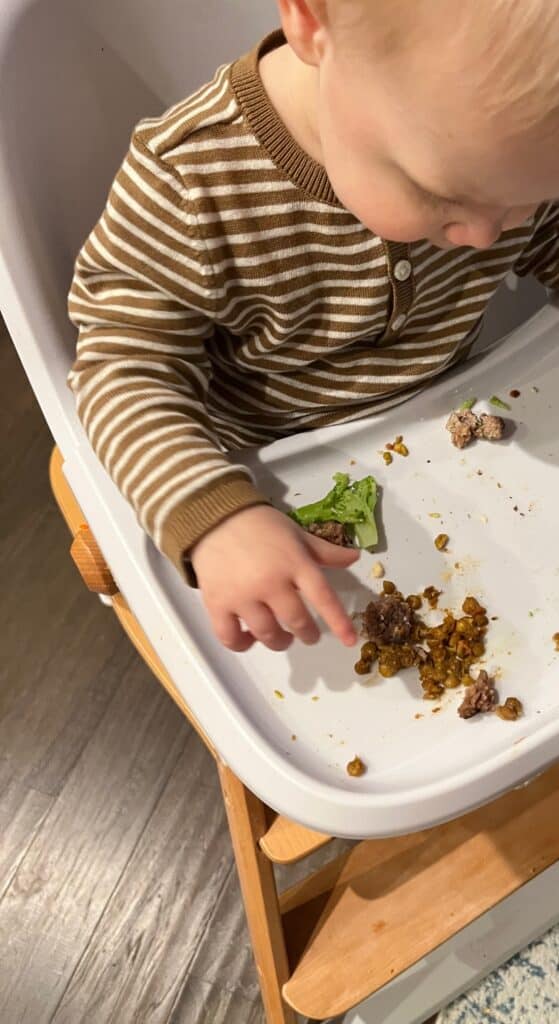
Pros of Baby Led Weaning
There are many proponents of baby led weaning as well as many positives to using this approach.
- Improved fine motor control – Practicing with a variety of foods enhances baby’s fine motor skills and control since they are in charge of learning to pick up their own food.
- Promotes independence and self-regulation – Since baby is feeding himself and not being forced to eat what’s on a spoon from a caregiver, baby will be more likely to eat when hungry, stop when full and follow their natural intuitive eating hunger scale. While more research is needed on weight management, some studies have found that baby-led weaning may decrease the risk of developing obesity.
- Introduced to a variety of foods – This includes all types of textures, flavors, and nutrients, which is important when it comes to raising intuitive eaters and promoting a good relationship with food at a young age.
- No specific food order – There are no prescribed foods and no specific food order, so you can do what you feel comfortable with and follow baby’s lead. Parents can make their own baby food and save money on store-bought baby food.
- No higher risk of choking– Wondering if feeding your baby something like broccoli for baby led weaning will lead to choking? Research shows that there is not an increased risk of choking with self-feeding. Your baby’s gag reflex is quite protective, and NORMAL. Your baby is developing the skills needed to chew and swallow food.
- Less fussiness than spoon-feeding – Some research shows that baby led weaning has been associated with less fussiness than spoon-feeding.
In fact, your baby can eat more than you realize!
At 6 or 7 months old, your baby can eat sweetpotato, eggs, yogurt, roasted parsnips, chicken meatballs, and much more.

Stressed about feeding your baby?
Unsure what foods to offer?
Check out our baby led weaning ebook that has several recipes for every time of day and a sample feeding schedule!
What is Pureed Baby Foods?
Food that is pureed has been strained and blended to have a smooth consistency throughout.
To make a puree, the food is typically cooked until tender and then pureed in a high speed blender, hand immersion blender or food processor.
In fact, we have some baby puree recipes here on the site, like parsnip puree for baby and pureed sweetpotato spinach baby food.
You can even serve a chia seed avocado pudding on a pre-loaded spoon, which has a pureed texture.

Pros of Pureed Baby Foods
For decades, commercially available pureed baby food has been the most popular feeding method for introducing solids to babies.
- Can be cleaner – Pureed food can make for cleaner meal times, as you are spooning the food to the baby’s mouth, leaving less room for mess.
- Timeline that parents can follow – Some parents prefer to have a list or guide of foods to follow. With purees, you normally start with “stage one” foods and gradually add texture as you work through the stages. Slowly and surely, you transition baby from purees to table food.
- Stage one foods are typically made with one ingredient, like banana, squash, carrots, or green beans.
- Stage two foods normally blend a couple of ingredients together, but it is still smooth in texture.
- Stage three foods are thicker purees, with some small, soft bits of food mixed in.
When considering baby led weaning vs purees, doing purees usually results in a longer timeline for getting baby to enjoy solid table foods.
While that may work better for some families, feeding in these stages may be unnecessary and more work for you as a parent.
Baby Led Weaning vs. Purees—What’s Easier to Self Feed?
Ultimately, when deciding whether to start blw vs purees, there are many personal and familial factors to consider.
For example, while a baby may be ready for solids (and interested to eat them!), they may not have the coordination and control to scoop some puree onto a spoon and get it to their mouths.
This is why we love ezpz utensils, which are great for “gumming!”

It’s a messy process. That’s why pureed foods are often fed to baby by the caregiver.
This means instead of everyone enjoying their meal together, you’re feeding baby in between bites of your own food (if you even have time!).
Questions To Ask Yourself
- Who will be feeding baby? A daycare provider, caregiver, or parent? What are you most comfortable with?
- Do you have time to make pureed baby foods from scratch? Do you even want to?
- Do you want baby to eat separate foods/meals form you, or enjoy the same foods that you do with the family?
- How big of an appetite does baby have? Could you serve a fruit puree (like cherry puree for baby) on the side of something solid, like toast sticks?
- Is baby still drinking a lot of breastmilk/formula? Often in the earlier stages of feeding (6-10 months), baby will still be relying mostly on breastmilk or formula.
- Are you okay with mess on the floor or table if baby self-feeds?
- How much time do you have to sit with baby?
- Is baby working on coordination in other ways, if you are spoon feeding baby? Can baby practice holding spoon himself or bringing it to his mouth?
- What is your patience like?
And because you’re spooning the food in, there isn’t much practice for baby to work on their motor skills, or self-regulation.
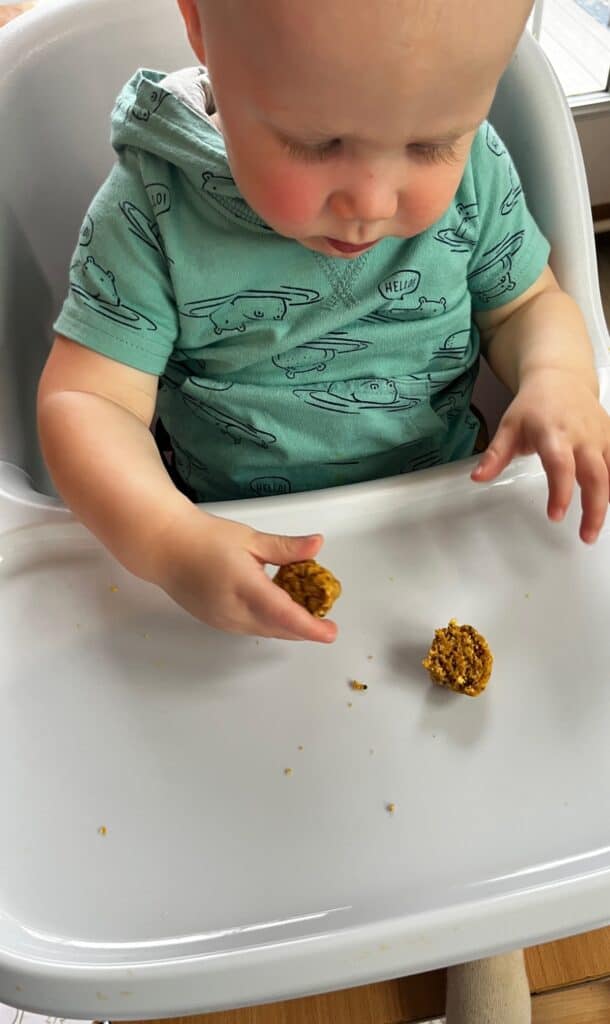
Not to mention that feeding your baby solely pureed foods may make it more difficult for them to accept new textures.
On the flip side, with baby led weaning, you are offering small pieces of food that are easy to grab and bring to the mouth.
They are a part of your family meal. No transition to table foods needed and things seamlessly progress.
Is Baby Led Weaning or Purees Better?
Now that you know the pros of baby led weaning and reasons why someone may choose one or the other, it’s important to personalize it to your family!
Personally, I’ve really enjoyed baby led weaning because I’ve seen many of the benefits and had a lot of fun in the process.
Here are some more breakdowns of our journey:
- Baby led weaning foods for 7 months
- Baby led weaning ideas for 8 months
- Baby led weaning at 9 months
- Baby led weaning recipes for 10 months
- Lunch ideas for 12 month olds
- Easy baby led weaning dinner ideas
Ultimately, while it doesn’t have to be baby led weaning vs. purees (you can use parts of each approach), having an understanding of the alternatives is helpful to help determine what will work best for your family and situation.
We started baby led weaning at around 6 months for each child.
My kids have learned to eat what we are eating and are now adventurous little eaters. They’ll try just about anything.
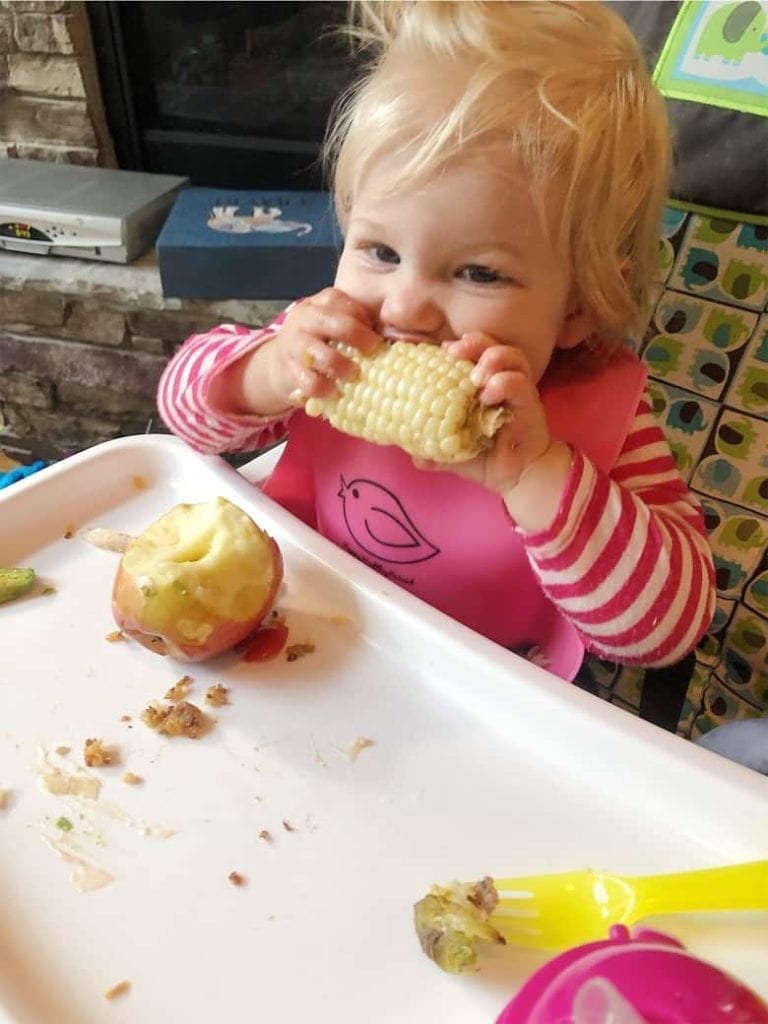
Your baby learns from the family how mealtime goes. Food is served and you eat it.
There’s a variety of food available, and baby can choose just how much they want to eat.
And baby led weaning may save you time and money. If you don’t have the time to make your own pureed baby food, you’re spending money on prepackaged foods for baby.
Key Takeaways
As we discussed in this article, you don’t have to choose between baby-led weaning and purees.
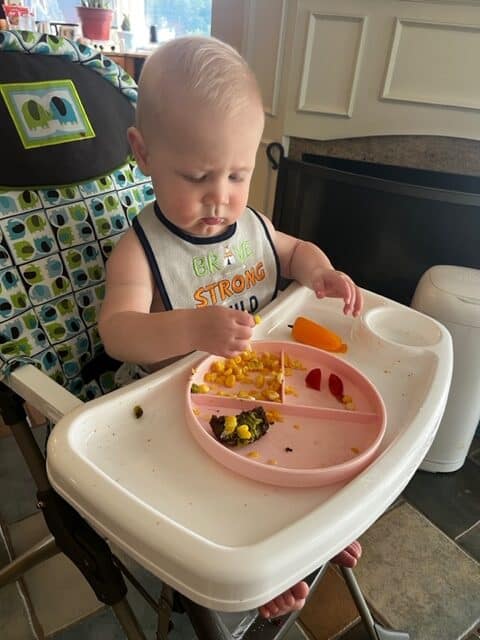
- Both methods are fine – You can use both methods, or a combination of both, to introduce solids to your baby. Purees can be a part of your baby led weaning meal plan! In fact, I have several recipes for purees, like blueberry baby puree, parsnip puree, kiwi puree and cantaloupe puree.
- You can transition from purees to solids– If you’re wondering how to start baby led weaning after purees, it can be a seamless process. Start with a preloaded spoon (I recommend the ezpz spoons!) and see how they do. You can then eventually start offering what you’re eating in small pieces, and let them pick things up with their own hands and feed themselves. They will learn quickly and will model after you.
- Reduce the pressure and keep food fun – Avoid pressuring them at mealtime. Stay nearby and observe. Remember, that your child learns by playing with their food(s). You can even opt for one of these fun food activities, especially as they get older.
- Ask for help! If you feel like you need more guidance and steps for baby led weaning, check out my baby led weaning ebook!
It’s a comprehensive guide that will teach you all you need to know about starting solids!

References:
- Martinón-Torres N, Carreira N, Picáns-Leis R, Pérez-Ferreirós A, Kalén A, Leis R. Baby-Led Weaning: What Role Does It Play in Obesity Risk during the First Years? A Systematic Review. Nutrients. 2021;13(3):1009. Published 2021 Mar 21. doi:10.3390/nu13031009
- Arslan N, Kurtuncu M, Turhan PM. The effect of baby-led weaning and traditional complementary feeding trainings on baby development. J Pediatr Nurs. 2023;73:196-203. doi:10.1016/j.pedn.2023.09.006
- Białek-Dratwa A, Kowalski O. Prevalence of Feeding Problems in Children and Associated Factors-A Cross-Sectional Study among Polish Children Aged 2-7 Years. Nutrients. 2023;15(14):3185. Published 2023 Jul 18. doi:10.3390/nu15143185
Explore More Recipes
Baby Led WeaningSupport Bucket List Tummy




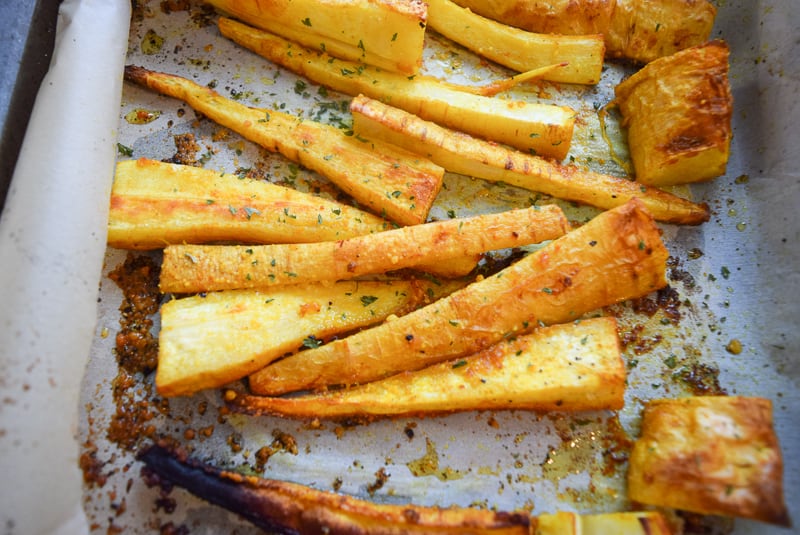
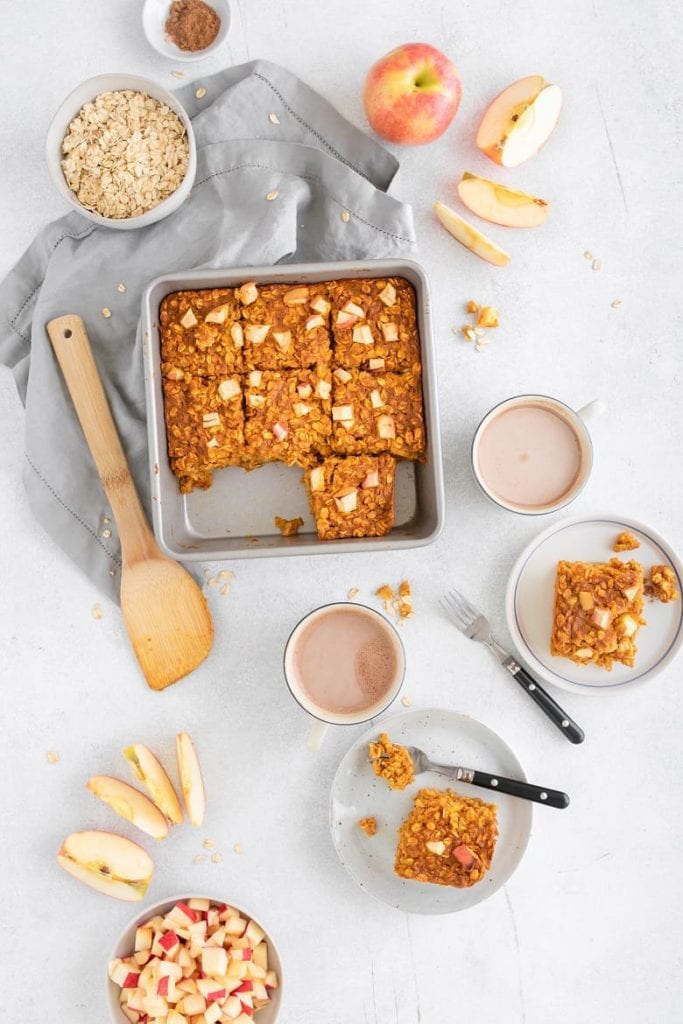

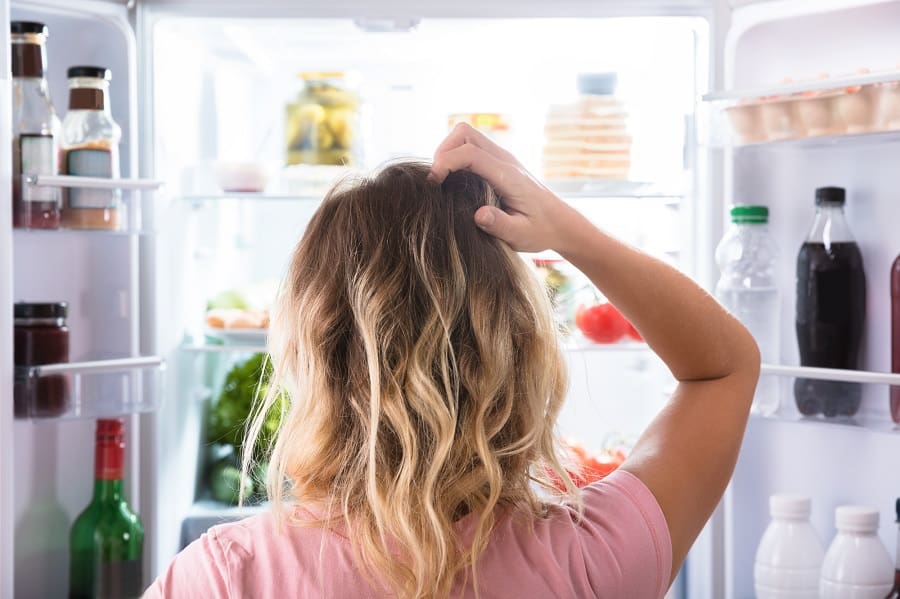
Like This Content?
Support Bucket List Tummy